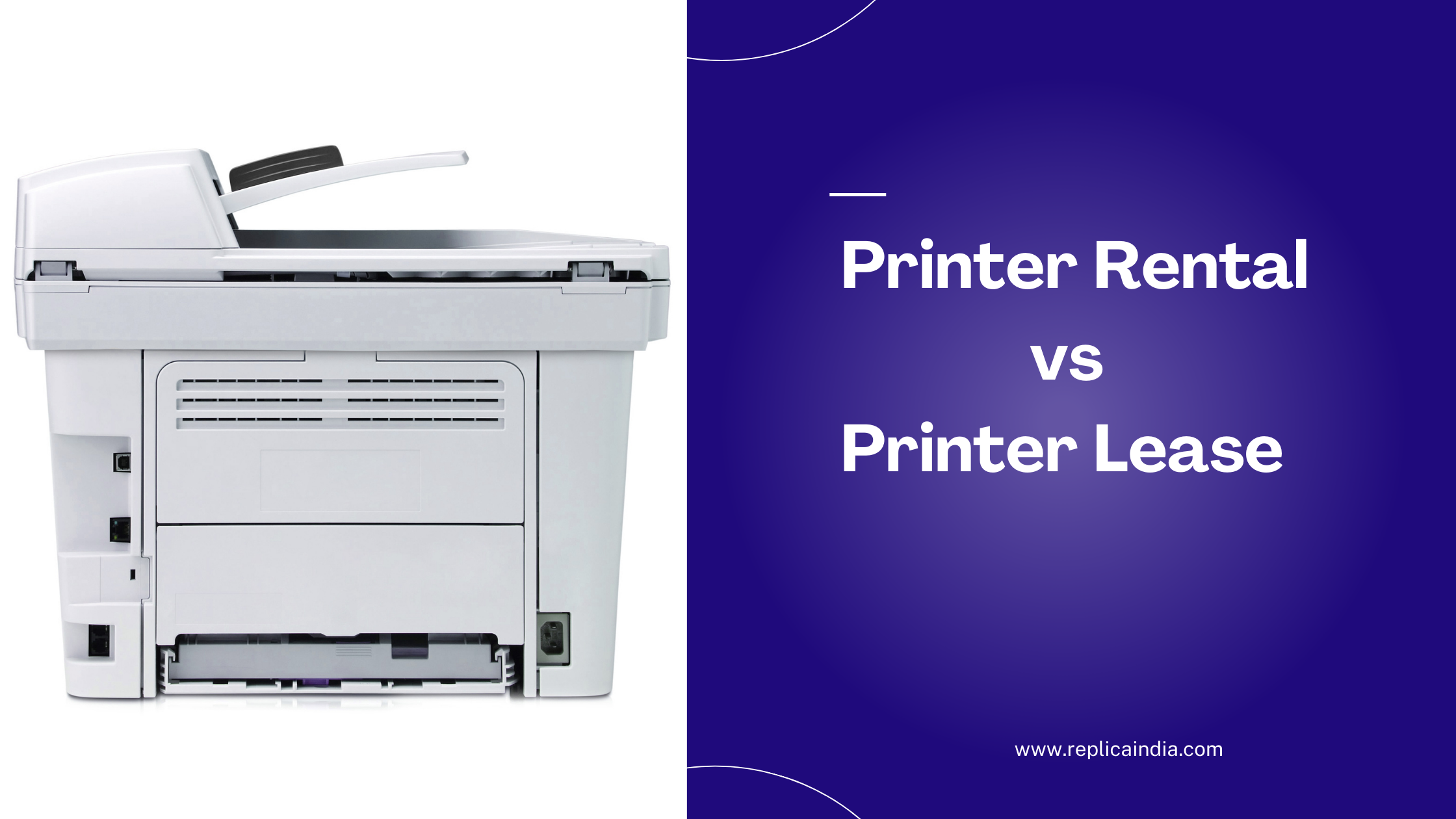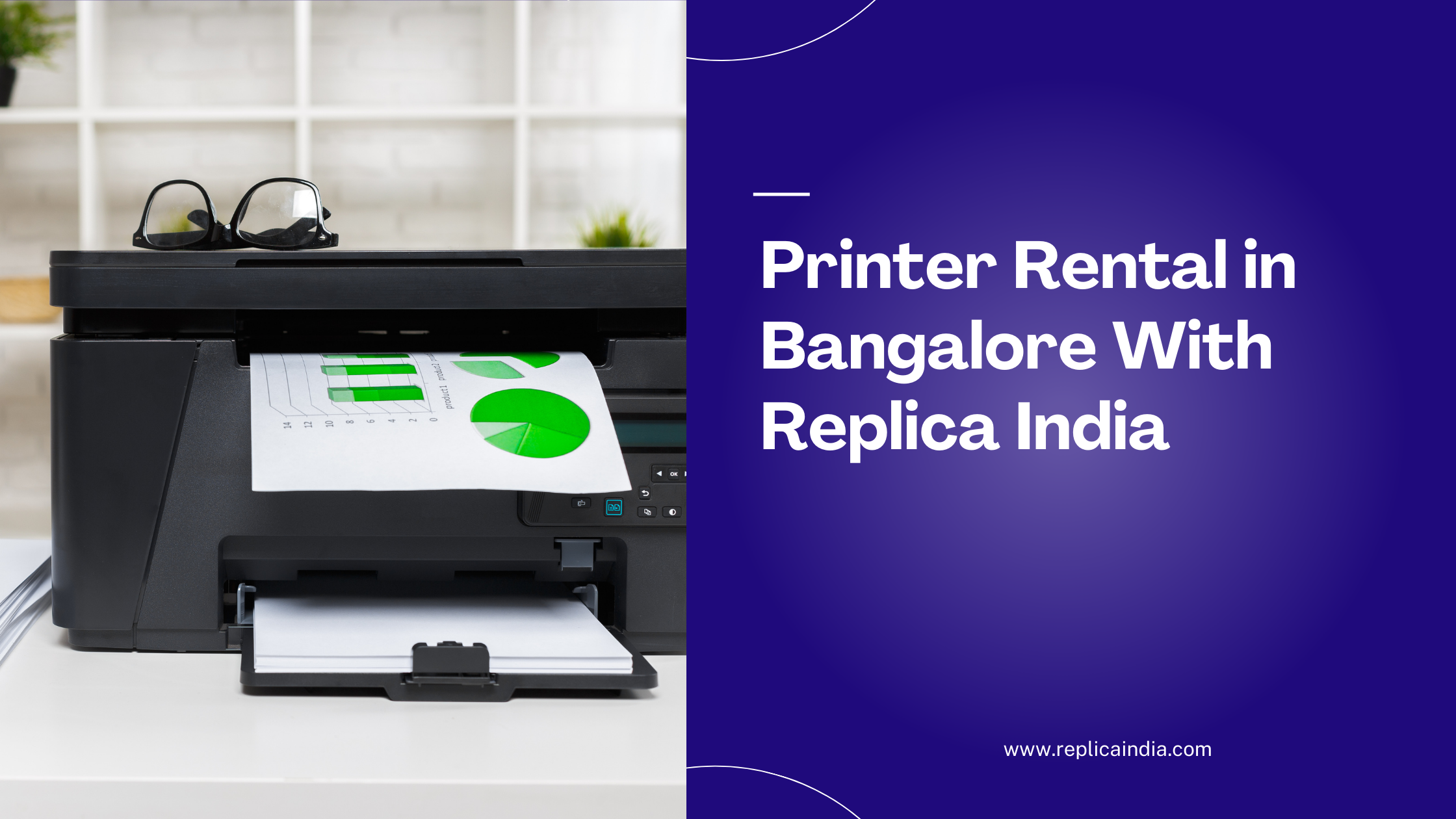
In a world where technology is advancing at an unprecedented pace, one often overlooked but truly remarkable innovation is the evolution of printing technology. From the humble beginnings of Gutenberg’s printing press to the cutting-edge 3D printers of today, the journey of printing technology is nothing short of extraordinary. In this blog post, we’re going to delve into the captivating history and the latest trends in printing technology, highlighting the exciting developments that are shaping our future.
The Genesis: Gutenberg’s Printing Press
The history of printing technology dates back to the 15th century when Johannes Gutenberg introduced the movable-type printing press. This revolutionary invention marked the beginning of a new era, making books and knowledge accessible to a broader audience. Gutenberg’s press allowed for faster and more efficient production of written material, laying the foundation for the dissemination of information that would shape the course of human history.
From Analog to Digital: The Digital Printing Revolution
While the traditional analog printing methods like letterpress and offset printing remained dominant for centuries, the late 20th century witnessed a paradigm shift with the rise of digital printing. The introduction of laser and inkjet printers brought about greater precision and flexibility. Suddenly, anyone with a computer could produce high-quality documents without the need for elaborate printing setups.
3D Printing: Building the Future Layer by Layer
In recent years, one of the most groundbreaking advancements in printing technology has been the emergence of 3D printing, also known as additive manufacturing. This technology allows objects to be created layer by layer from various materials, ranging from plastics to metals and even biological tissues. The applications of 3D printing are astounding, ranging from rapid prototyping in industries to creating intricate medical implants tailored to individual patients.
Inkjet Innovation: More Than Just Paper
As inkjet technology has continued to evolve, its applications have expanded far beyond traditional paper printing. Modern inkjet printers can now produce high-resolution images on various surfaces, including textiles, ceramics, and even food items. This versatility has revolutionized industries such as fashion, interior design, and culinary arts, enabling artists and designers to explore new creative horizons.
Eco-Friendly Printing: Merging Technology with Sustainability
The evolution of printing technology isn’t solely focused on improving quality and speed; it’s also about minimizing the environmental impact. Many advancements have been made in developing eco-friendly printing practices, such as using soy based inks and recycling paper fibers. Moreover, digitalization has reduced the need for excessive paper usage, contributing to a more sustainable future.
Print Beyond Borders: Mobile and Wireless Printing
In our hyper-connected world, the way we approach printing has also transformed. Mobile and wireless printing have become the norm, allowing individuals to print directly from their smartphones and tablets. Cloud-based printing services enable users to access and print their documents from virtually anywhere, blurring the lines between the digital and physical realms.
The Role of AI and Automation
Artificial Intelligence (AI) and automation have made their way into the printing landscape, streamlining processes and enhancing efficiency. AI-powered software can analyze images and optimize print settings for the best results. Additionally, automated systems in industrial printing have led to consistent quality, reduced waste, and increased productivity.
The Future: Nano Printing and Beyond
Looking ahead, the trajectory of printing technology is poised to be even more inspiring. Nano Printing, a field that involves creating structures at the nanoscale, holds immense potential for applications in electronics, medicine, and beyond. Imagine printing intricate electronic components at a scale unimaginable just a few years ago.
In conclusion, the evolution of printing technology is a testament to human ingenuity and our constant quest for innovation. From the pioneering days of Gutenberg to the futuristic realms of 3D printing and nanotechnology, the journey has been nothing short of remarkable. As we continue to push the boundaries of what’s possible, one can only wonder what extraordinary printing technologies the future holds. To check out wide variety of printers of Xerox, Brother and Epson visit our site Replica India.




